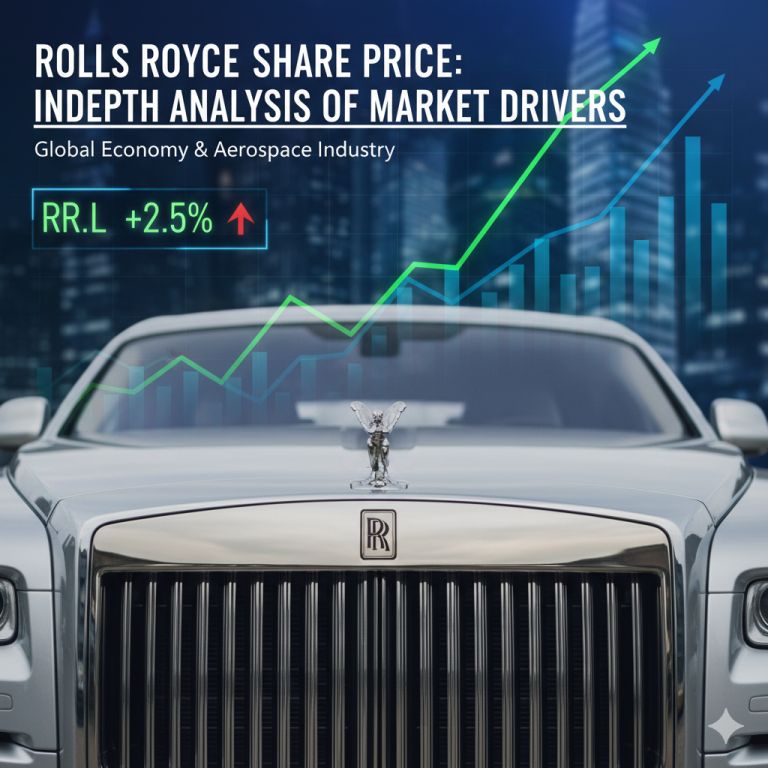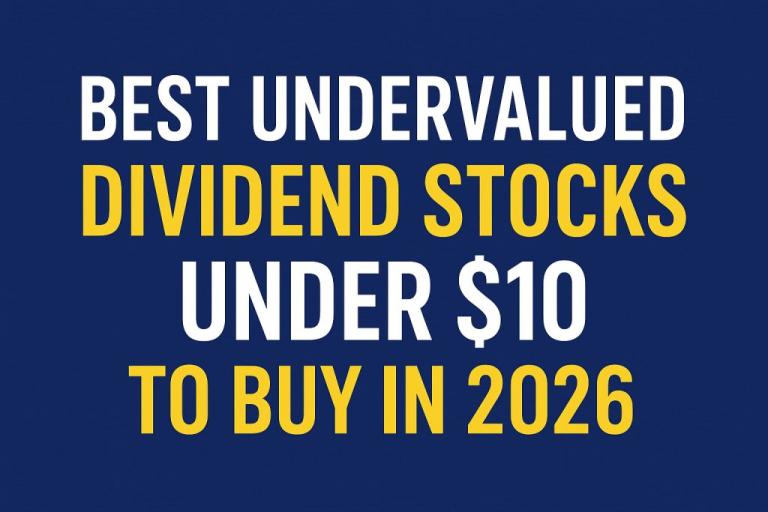Rolls Royce Share Price: In-Depth Analysis of Market Drivers
Rolls Royce share price Holdings plc has experienced a dramatic resurgence in its share price over the past year. The company, traded under the ticker RR. on the London Stock Exchange, has drawn attention not only for its strong recovery in the aerospace sector but also for its ambitious expansion into nuclear energy and sustainable aviation. This article explores the Rolls Royce share price in detail, analyzing financial health, strategic initiatives, external influences, risks, and future outlook. We also provide a live chart embed so investors can follow the stock in real-time.
| Metric | Value / Description | Notes |
|---|---|---|
| Ticker Symbol | RR. (London Stock Exchange) | Listed as Rolls Royce Holdings plc |
| Current Share Price | ~1,177 GBX | Latest available quote |
| 52-Week High | ~1,178.50 GBX | Year peak |
| 52-Week Low | ~514.00 GBX | Year low |
| Market Capitalisation | ~£97–100 Billion | Based on price × outstanding shares |
| P/E Ratio | ~58.65 | Based on recent earnings |
| Main Business Divisions | Civil Aerospace, Defence, Power Systems, Emerging Markets | Core revenue contributors |
| Dividend & Buyback | Dividend reinstated + £1bn share repurchase | First dividend since pandemic |
| Future Initiatives | Small Modular Reactors, Sustainable Aviation Fuel | Strategic growth focus |
| Performance | +126% in the past 12 months | Strong recovery trend |
What Determines the Rolls Royce Share Price?
The movement of Rolls Royce shares is influenced by multiple interconnected elements. These include financial results, investor confidence, strategic projects, and macroeconomic conditions. Each of these main drivers can be further broken down into detailed sub-factors.
1. Financial Performance and Fundamentals
Revenue Growth
Revenue growth indicates the company’s ability to expand its core businesses. Rolls Royce’s civil aerospace and defense segments have been strong contributors, while power systems add diversification. Consistent revenue expansion builds investor trust and supports valuation growth.
Profit Margins
Operating and net profit margins show how effectively the company converts sales into profits. Improved margins reflect cost control and operational efficiency, which directly boost earnings potential.
Cash Flow Generation
Free cash flow is vital as it allows reinvestment, dividend payments, and debt reduction. Rolls Royce’s turnaround to positive cash flow has been a significant catalyst for share price growth.
Debt Levels
Leverage plays a key role in investor risk assessment. Rolls Royce has reduced its reliance on debt compared to the pandemic years, improving financial resilience.
Earnings Per Share (EPS)
EPS growth signals improved profitability per share, attracting more institutional investors. Upward revisions of EPS guidance often result in positive stock movement.
2. Market Sentiment and Analyst Expectations
Analyst Ratings
When banks and brokerages upgrade their price targets, investor sentiment usually strengthens. Recent upgrades by major banks helped push the stock higher.
Institutional and Insider Activity
Large investment funds buying or insiders adding to their positions indicate confidence. Rolls Royce has recently attracted notable institutional interest.
Corporate Announcements
Positive announcements such as dividend reinstatement, share buybacks, or government contracts act as strong signals for investors. Rolls Royce’s recent buyback and dividend have reinforced confidence.
Public Sentiment
Investor forums, financial media, and social networks can amplify short-term momentum. Favorable chatter about Rolls Royce’s nuclear projects has created additional enthusiasm.
3. Strategic Growth Initiatives
Small Modular Reactors (SMRs)
Rolls Royce’s entry into nuclear energy with SMRs could transform it into a key player in sustainable power. Government backing enhances the credibility of this venture.
Sustainable Aviation Fuel (SAF)
Investments in SAF align with global decarbonization goals. As airlines adopt greener technologies, Rolls Royce stands to benefit.
Defense Contracts
Military engine contracts and propulsion systems provide stable long-term revenue, balancing the cyclical nature of commercial aviation.
Aftermarket Services
Recurring income from engine servicing, spare parts, and long-term maintenance agreements secures consistent revenue.
Expansion into New Markets
Diversifying into marine propulsion and energy solutions ensures that Rolls Royce is not solely dependent on the aviation sector.
4. External and Macroeconomic Influences
Aviation Industry Cycles
Passenger demand and airline investment cycles directly affect engine orders. A growing aviation sector boosts Rolls Royce’s core revenues.
Energy Prices
High fuel prices push airlines toward more efficient engines, indirectly favoring Rolls Royce. However, they can also reduce overall airline profitability.
Climate Policies
Stricter carbon regulations increase demand for green solutions like SAF and nuclear technology, aligning with Rolls Royce’s growth vision.
Currency Movements
With global operations, fluctuations in GBP, USD, and EUR impact earnings translation and costs.
Supply Chain Stability
Global disruptions can delay production and delivery, affecting both reputation and earnings.
Recent Price Movements of Rolls Royce
In the past year, Rolls Royce shares have gained more than 120%, reflecting strong fundamentals and investor optimism. Key events such as dividend reinstatement, new government contracts, and strategic guidance upgrades have acted as catalysts.
| Date | Event | Impact |
|---|---|---|
| Feb 2025 | Dividend and £1bn buyback | Boosted investor confidence |
| Jun 2025 | Government backing for SMRs | Strengthened long-term outlook |
| Jul 2025 | Profit forecast upgraded | Share price hit new highs |
Risks That Could Affect Rolls Royce Share Price
Despite strong momentum, risks remain. Execution failures in new ventures, cyclical downturns in aviation, rising costs, and overvaluation concerns could weigh on the stock. Additionally, external shocks such as currency swings or geopolitical disruptions may cause volatility.
Future Outlook
The future trajectory of Rolls Royce share price depends on consistent delivery of strong financials, scaling of new energy projects, and resilience against global risks. If SMRs and SAF projects succeed, the company could transform into a leader in both aviation and sustainable energy.
Conclusion
The Rolls Royce share price reflects a blend of recovery momentum, innovative projects, and favorable investor sentiment. Its recent rally highlights the importance of fundamentals and forward-looking initiatives. However, with higher valuation comes greater scrutiny, and investors should monitor execution closely.
FAQs
Q1: What is the current Rolls Royce share price?
It trades around 1,177 GBX on the London Stock Exchange.
Q2: Does Rolls Royce pay dividends?
Yes, the company reinstated dividends in 2025 along with a £1bn buyback plan.
Q3: What are the main business divisions of Rolls Royce?
Civil aerospace, defense, power systems, and emerging markets.
Q4: What risks does the company face?
Aviation cycles, execution risk in new ventures, inflation, regulation changes, and supply chain disruptions.
Q5: How can I track Rolls Royce’s stock in real-time?
You can use the TradingView live chart embed provided above or follow updates on financial platforms.



